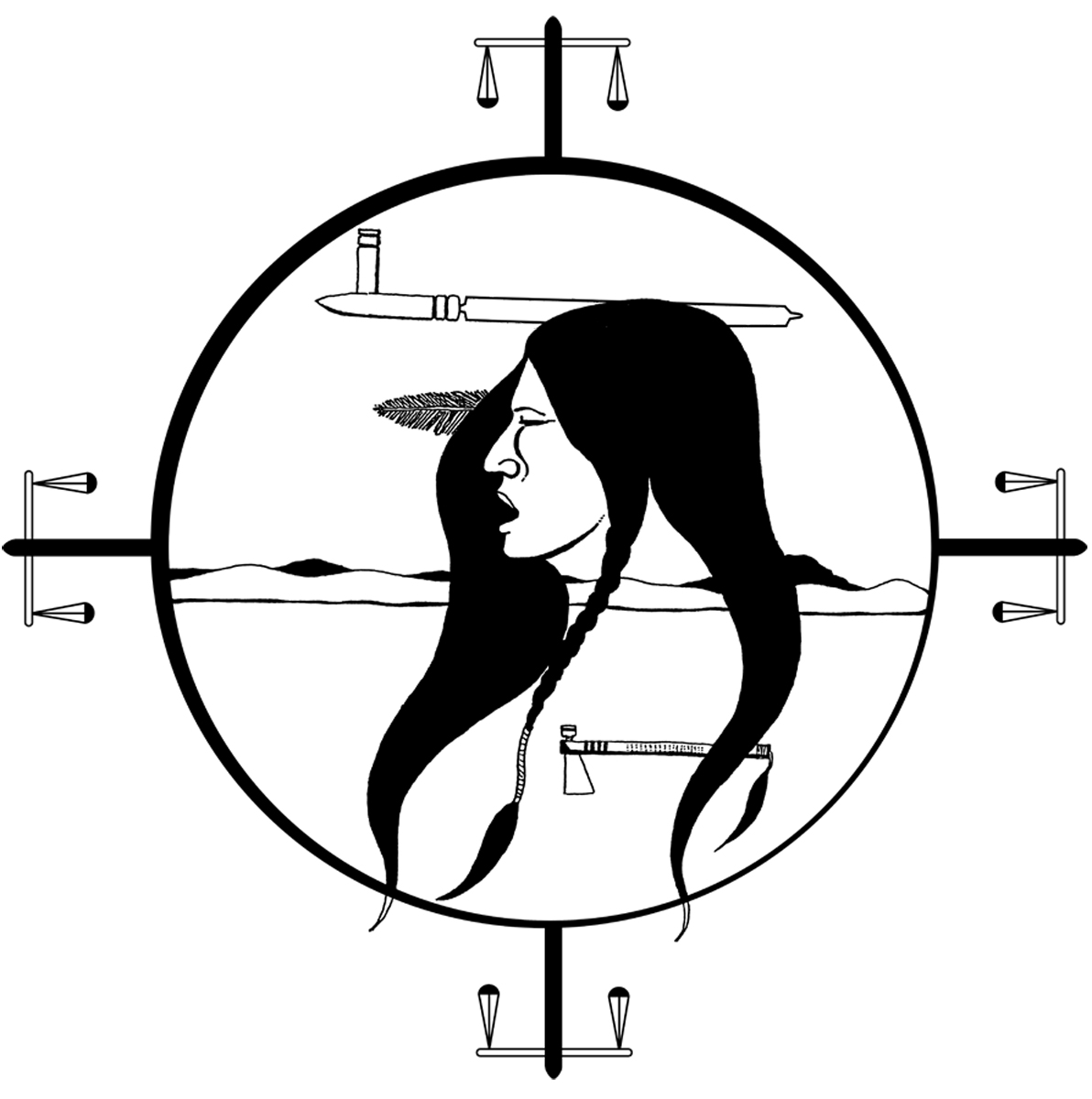Hamilton Health Sciences Corp. v. D.H.
Section 35(1) - Aboriginal right to pursue traditional medicine - Capacity - Child in need of protection
The Ontario Court of Justice released a decision on November 14, 2014 in Hamilton Health Sciences Corp. v. D.H., dismissing an application for an order to produce or apprehend a child brought by Hamilton Health Sciences Corporation (the "Hospital") against Brant Family and Children's Services ("Child Services") under section 40(4) of Ontario's Child and Family Services Act. The Hospital sought the order based on its view that an 11 year old girl from the Six Nations of the Grand River, J.J., was a "child in need of protection" under s. 40(4) of the Act since she had been diagnosed with acute lymphoblastic leukemia - a form of bone marrow cancer treatable by chemotherapy - but her mother had chosen to discontinue her chemotherapy treatments, instead taking her to an alternative cancer treatment facility in Florida.
Child Services argued that J.J. was not a child in need of protection but "a child in need of a diagnosis", and her case should have been adjudicated by the Consent and Capacity Board rather than the courts. However, the Court agreed with the Hospital that on the evidence J.J. was correctly found to lack the capacity to make such a life and death decision as to discontinue her chemotherapy and this matter was correctly argued as a child protection issue before the courts. The Court held that the real issue in this application was whether there were reasonable and probable grounds to believe that J.J. was a child in need of protection pursuant to the definition at section 37(2) of the Act: "the child requires medical treatment to cure, prevent or alleviate physical harm or suffering and the child's parent or the person having charge of the child does not provide, or refuses or is unavailable or unable to consent to, the treatment".
In determining whether the decision of J.J.'s mother, as her substitute decision maker, to discontinue J.J.'s chemotherapy rendered her a child in need of protection the Court noted evidence that J.J.'s mother had "expressed her strong faith in her native culture" and was discontinuing chemotherapy to pursue traditional medicine which her family believed would help heal J.J. Evidence from an investigation conducted by Child Services indicated that J.J.'s family are "committed traditional longhouse believers who integrate their culture into their day-to-day living" and "their belief that traditional medicines work is an integral part of their life". At the urging of counsel for J.J.'s band, the Court considered whether this decision to pursue traditional medicine met the test for a section 35(1) Aboriginal right set out in R. v. Van der Peet. Relying largely on two papers authored by an anthropology professor from McMaster University on the traditional medicine practices of the Haudenosaunee, the Court concluded that the Six Nations' practice of traditional medicine was indeed a pre-contact practice that was integral to its distinctive culture, thereby affording it constitutional protection. The Court stated that such a right cannot be qualified as a right only if it is proven to work by employing the western medical paradigm as doing so would "leave open the opportunity to perpetually erode [A]boriginal rights".
